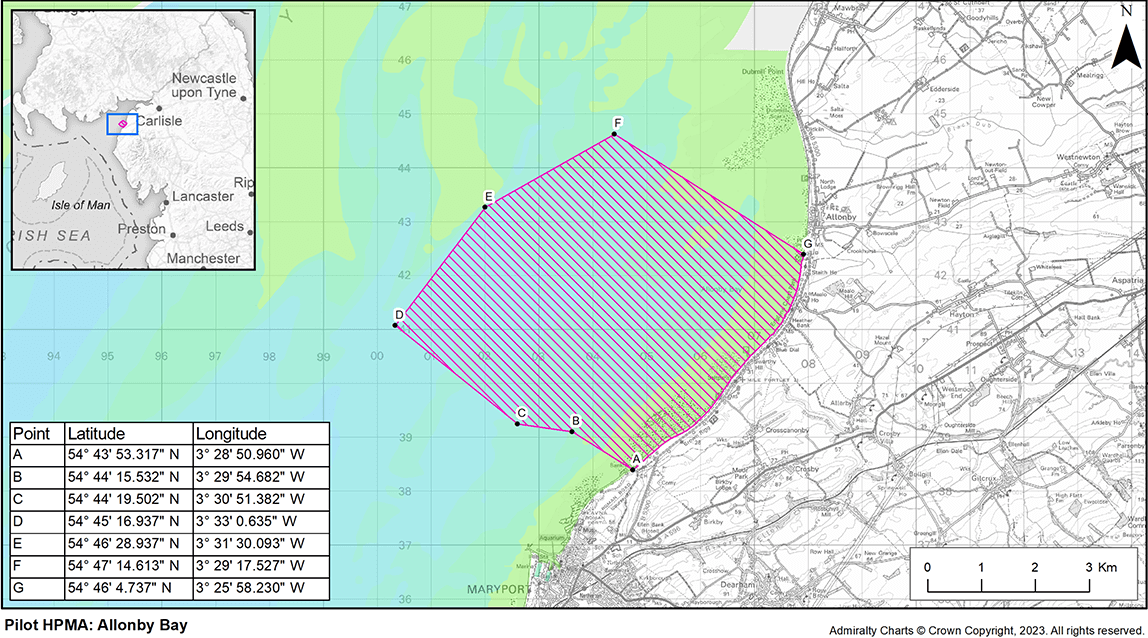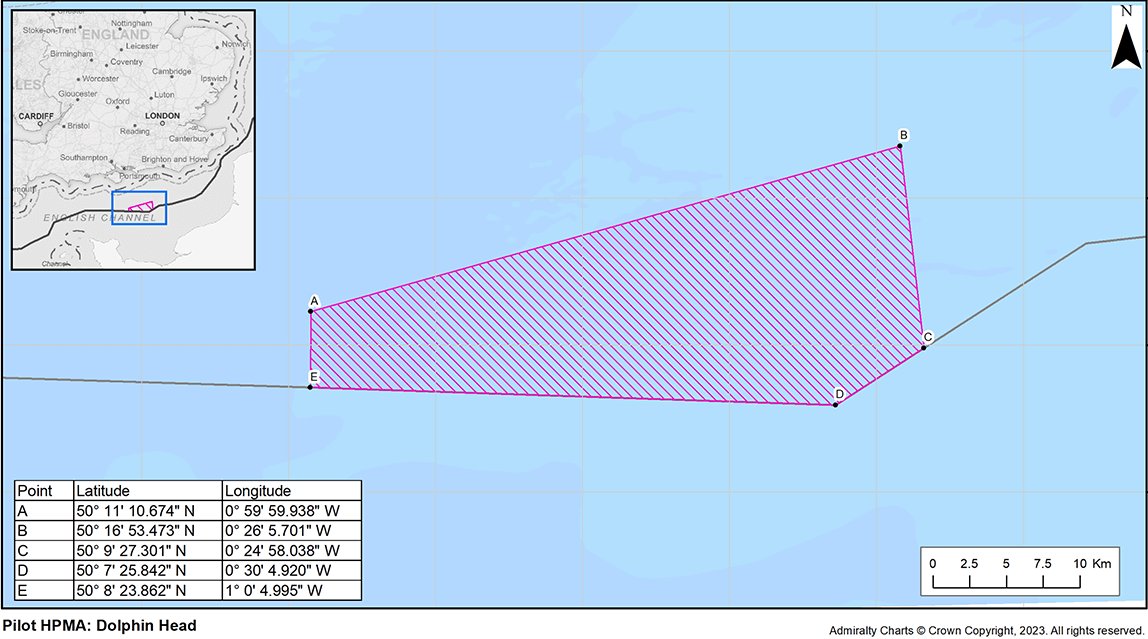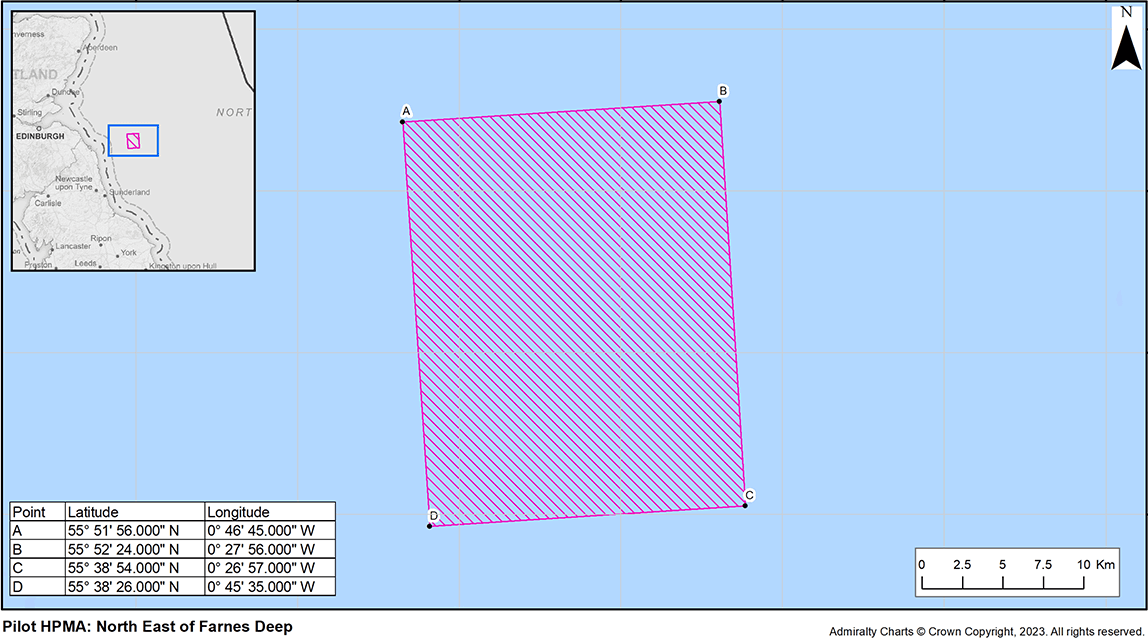
The UK Government’s Department for Environment, Food and Rural Affairs (Defra) has announced the formation of three new Highly Protected Marine Areas (HPMAs).
HPMAs are designated as areas where all activities considered to be harmful to the marine environment are prohibited, including fishing, construction and dredging, with the intention of allowing habitats to ‘fully recover’, thus increasing marine biodiversity and supporting climate-resilient ecosystems.
The three new sites, at which protections will come into effect before 6 July 2023, are Allonby Bay (Irish Sea, southwest of Carlisle), Dolphin Head (located in the eastern English Channel, south of Portsmouth), and Farnes Deep (northern North Sea, east of Edinburgh).
Related marine protection articles



‘This is a crucial next step to aid marine ecosystem recovery in our waters and I’m delighted to see my recommendations become a reality today,’ said Lord Benyon, author of the report into the new HPMA locations. ‘Not only will the first of these Highly Protected Marine Areas protect important species and habitats, but they will propel the UK forward in our mission to protect at least 30 per cent of the global ocean by 2030.’
The UK’s Marine Conservation Society welcomed the announcement of the new protections, but said they did not go far enough to protect the UK’s waters, saying that the new HPMA sites ‘represent less than 0.5 per cent of English seas’, and calling on the government to do more to protect the nation’s waters.
‘Our marine habitats must be given the opportunity to recover and provide the maximum benefits to us – including biodiversity restoration, carbon storage and supporting fisheries recovery,’ said Dr Jean-Luc Solandt, MCS Principal Specialist, Marine Protected Areas. ‘The UK Government cannot continue to underachieve and must show much greater ambition and initiative to build a network of HPMAs – or No Take Zones – covering at least 10 per cent of English seas by 2030 to allow our seas to thrive.’
Two other sites at Lindisfarne and Inner Silver Pit South which were proposed during the initial report, will not receive HPMA status due to the ‘socio-economic impact’ of doing so, following protests during the consultation period from local fishers who depend on the sites for their livelihoods.
Additional sites are set to be considered for designation, subject to the results of further public consultation.


